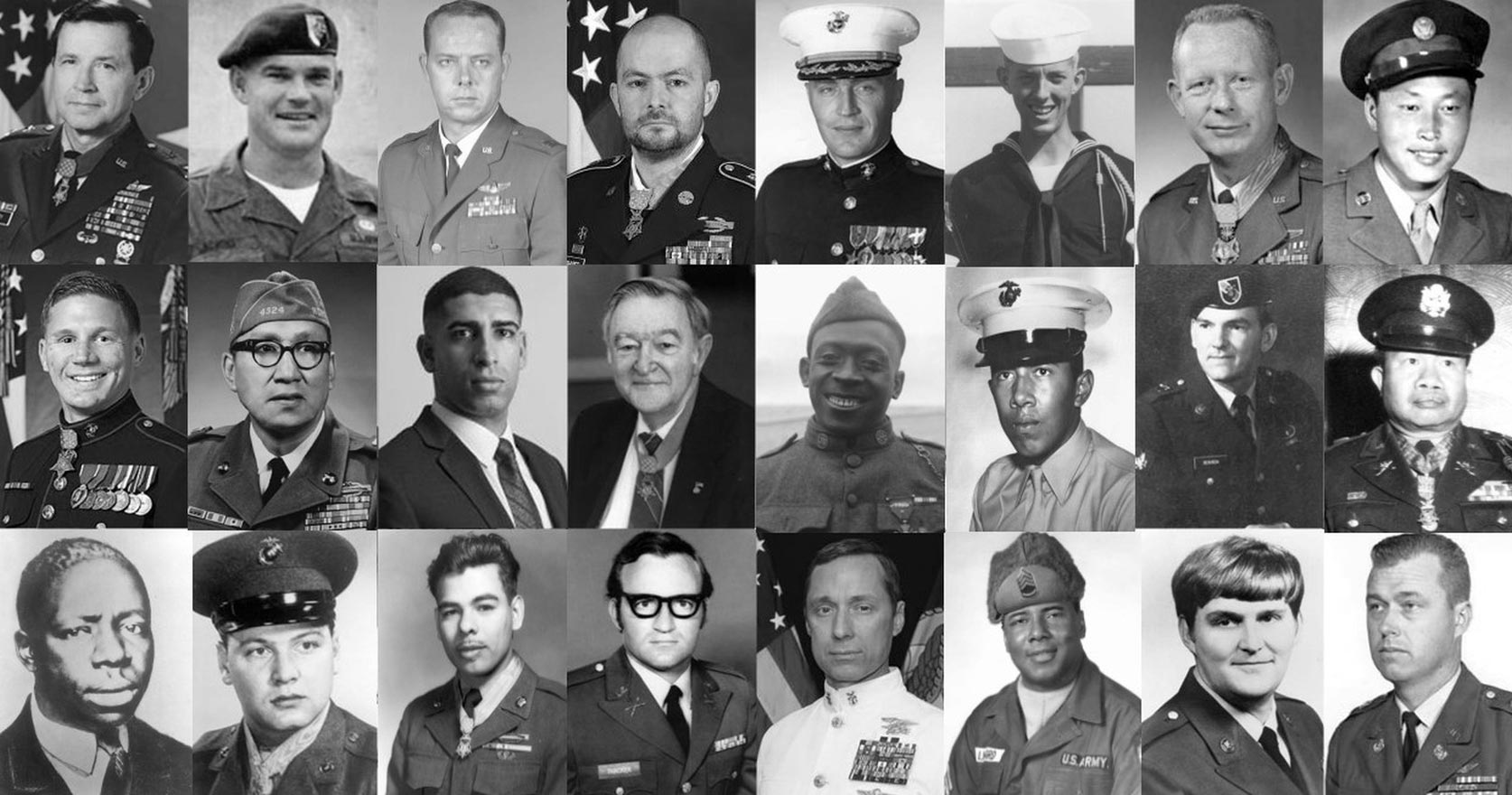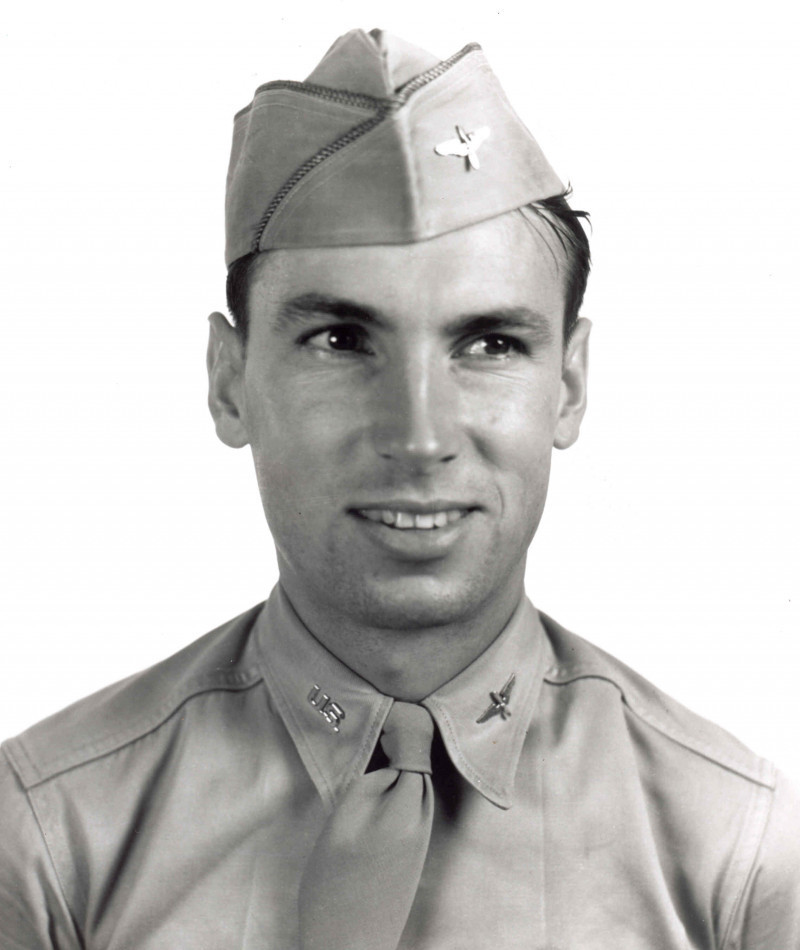
Congressional Medal of Honor Society
Stories of Sacrifice
World War II - U.S. Army Air Corps
Raymond Larry Knight
Details
- Rank: First Lieutenant
- Conflict/Era: World War II
- Unit/Command:
346th Fighter Squadron, 350th Fighter Group,
12th Air Force - Military Service Branch: U.S. Army Air Corps
- Medal of Honor Action Date: April 24 - 25, 1945
- Medal of Honor Action Place: Northern Po Valley, Italy
Citation
He piloted a fighter-bomber aircraft in a series of low-level strafing missions, destroying 14 grounded enemy aircraft and leading attacks which wrecked 10 others during a critical period of the Allied drive in northern Italy. On the morning of 24 April, he volunteered to lead two other aircraft against the strongly defended enemy airdrome at Ghedi. Ordering his fellow pilots to remain aloft, he skimmed the ground through a deadly curtain of anti-aircraft fire to reconnoiter the field, locating eight German aircraft hidden beneath heavy camouflage. He rejoined his flight, briefed them by radio, and then led them with consummate skill through the hail of enemy fire in a low-level attack, destroying five aircraft, while his flight accounted for two others. Returning to his base, he volunteered to lead three other aircraft in reconnaissance of Bergamo airfield, an enemy base near Ghedi, and one known to be equally well-defended. Again ordering his flight to remain out of range of antiaircraft fire, 1st Lt. Knight flew through an exceptionally intense barrage, which heavily damaged his Thunderbolt, to observe the field at minimum altitude. He discovered a squadron of enemy aircraft under heavy camouflage and led his flight to the assault. Returning alone after the strafing, he made 10 deliberate passes against the field despite being hit by antiaircraft fire twice more, destroying six fully loaded enemy twin-engine aircraft and two fighters. His skillfully led attack enabled his flight to destroy four other twin-engine aircraft and a fighter plane. He then returned to his base in his seriously damaged plane. Early the next morning, when he again attacked Bergamo, he sighted an enemy plane on the runway. Again he led three other American pilots in a blistering low-level sweep through vicious antiaircraft fire that damaged his plane so severely that it was virtually nonflyable. Three of the few remaining twin-engine aircraft at that base were destroyed. Realizing the critical need for aircraft in his unit, he declined to parachute to safety over friendly territory and unhesitatingly attempted to return his shattered plane to his home field. With great skill and strength, he flew homeward until caught by treacherous air conditions in the Apennines Mountains, where he crashed and was killed. The gallant action of 1st Lt. Knight eliminated the German aircraft which were poised to wreak havoc on Allied forces pressing to establish the first firm bridgehead across the Po River; his fearless daring and voluntary self-sacrifice averted possible heavy casualties among ground forces, and the resultant slowing on the German drive culminated in the collapse of enemy resistance in Italy.

Additional Details
- Accredited to: Houston, Harris County, Texas
- Awarded Posthumously: Yes
- Born: June 15, 1922, Houston, Harris County, TX, United States
- Died: April 25, 1945, Appenine Mountains, Italy
- Buried: Houston National Cemetery (MH) (H-B-11), Houston, TX, United States
- Location of Medal: National Museum of the US Air Force, Wright-Patterson AFB, OH
